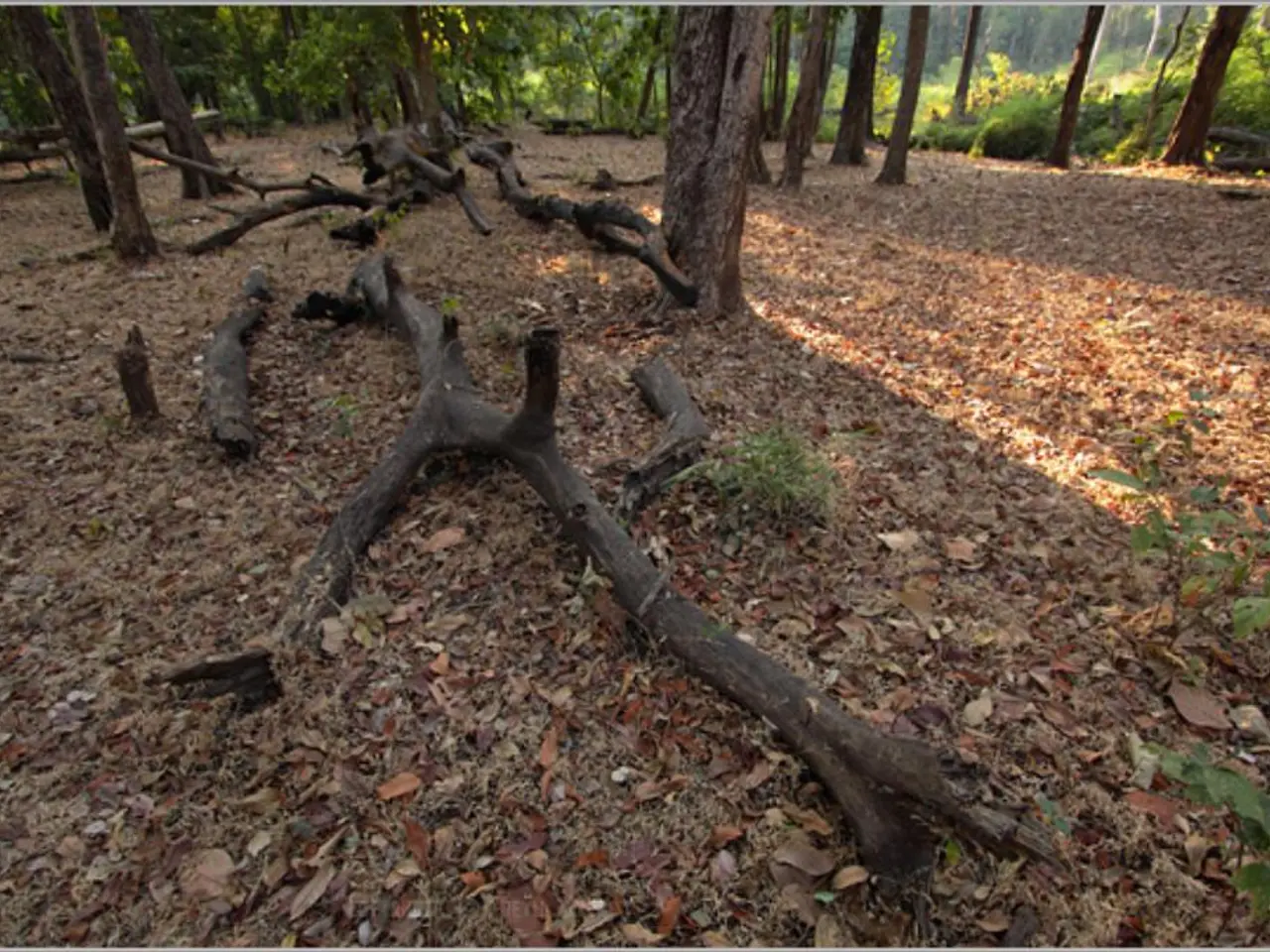Guide for Cultivating Acid-Loving Plants: Tips on Soil Acidification
In the quest to nurture acid-loving plants, understanding the pH balance of the soil is crucial. Here's a guide to help you create an ideal environment for your azaleas, blueberries, hydrangeas, and other acid-loving plants.
Acid-loving plants thrive in soil with a pH between 4.5 and 6.0. Used coffee grounds, with a pH of around 6.5, can be used to slightly acidify the soil. However, it's essential to use them sparingly and compost them first to avoid creating a water-resistant barrier.
Coffee grounds are not the only option. The most common material used to acidify soil is sulphur, a naturally occurring element found near volcanoes, hot springs, and in decaying organic matter. When added to the soil, soil organisms convert sulphur into sulphuric acid, thus acidifying the soil.
Sulphur comes in two forms: dust and chips. Sulphur dust is quicker-acting but is also more expensive. On the other hand, sulphur chips take longer to have an effect but are less costly.
When adding sulphur to the soil, it's best to do so in advance, as it can take time for the sulphur to have an effect. Ideally, sulphur should be added to the soil at least six months to a year before planting acid-loving plants.
It's important to test the soil's pH level before adding sulphur to determine if it is too alkaline. If the soil pH is 7 or higher, it is alkaline, and adding sulphur may be necessary.
Acidic compost can also be used to make the soil more acidic and provide the right environment for acid-loving plants. Mix acidic compost with the existing soil before planting, aiming for a ratio of 1 part acidic compost to 2 parts soil for planting beds.
When planting, ensure that the root ball of the plant is surrounded by acidic compost. Periodically feed acid-loving plants with a balanced fertiliser specifically formulated for their needs.
Not all plants respond well to coffee grounds, and they can be poisonous to some. It's essential to research the specific needs of your plants before introducing coffee grounds or any other soil amendments.
In Germany, organic materials like pine or spruce bark mulch and used coffee grounds are commonly recommended for plants such as hydrangeas, blueberries, and rhododendrons. Pine needles and oak leaves can also be used to mulch acid-loving plants, but they have a minimal impact on the soil's pH.
Remember, adding too much sulphur too quickly can harm or even kill plants. It's best to make multiple small additions over several months. When applying sulphur, sprinkle it over the soil in still weather and then incorporate it into the soil by cultivation.
Lastly, monitor the soil's pH levels regularly to ensure it remains within the optimal range for your acid-loving plants. Happy gardening!
Read also:
- Understanding Hemorrhagic Gastroenteritis: Key Facts
- Stopping Osteoporosis Treatment: Timeline Considerations
- Tobacco industry's suggested changes on a legislative modification are disregarded by health journalists
- Expanded Community Health Involvement by CK Birla Hospitals, Jaipur, Maintained Through Consistent Outreach Programs Across Rajasthan








